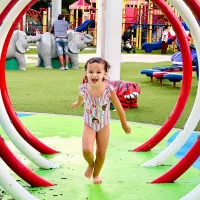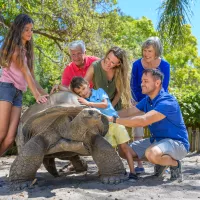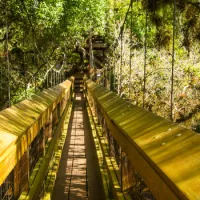Discover This: Sarasota Area Parks
Sarasota County is home to a lot of ecosystems and habitats. Learn about the different parks that feature some family-friendly fun no matter what season!
Sarasota might be a bustling small city with some paradisiacal beaches, but there's also a quieter side not far from the city lights. In fact, Sarasota County is home to several different habitats and ecosystems that harbor migrating birds, reptiles, fish and other wildlife. Area parks such as the Celery Fields, Ted Sperling Park and Myakka River State Park are some great places to explore the wilder side of Sarasota. Learn more about eight area parks:
Nathan Benderson Park
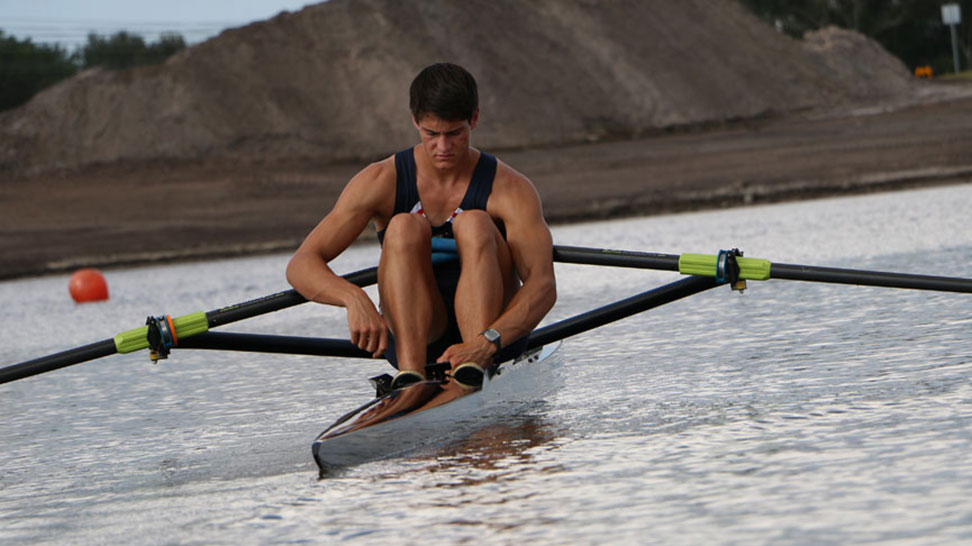
Activities: Rowing, kayaking, paddleboarding, fishing, hiking, biking, picnicking.
About: Among Sarasota County's newest attractions, Nathan Benderson Park is unique in its ability to host world-class, water-themed sporting events, such as the U.S. Olympic Team Trials for rowing and the World Rowing Championships. But the 400-acre lake isn't the only jewel at the 600-acre public park. The site, reclaimed from a shell excavation pit and opened in 2009, also offers fishing, picnicking, a walking trail and a bike path. And that versatility is on display at a wide range of events, like the Modern Pentathlon World Cup.
Payne Park
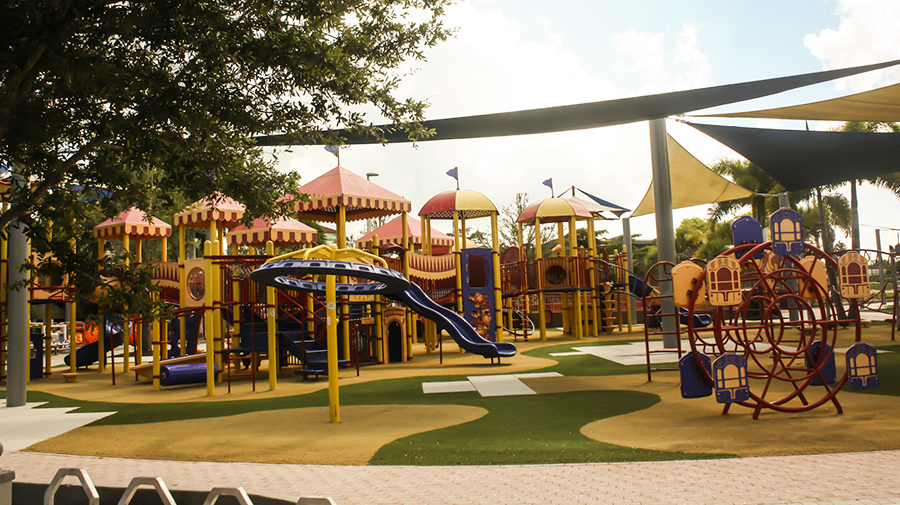
Activities: Tennis, skating, skateboarding, biking, running/walking, picnicking, disc golf.
About: Once hallowed ground as a spring training site for professional baseball players polishing their skills, Payne Park is now open to a wider audience and a much more diverse array of activities. Located just east of Sarasota's busy downtown, the roughly 30-acre setting includes a walking/running trail, fitness trail, picnic areas, a private skate park, a children's playground, disc golf course and a county-run tennis center, as well as wide expanses of grassland suitable for impromptu soccer matches, running events and, yes, baseball games. The skate park is open to skaters, scooters and bikers, with fees from $5 to $8 per day. Tennis courts are available, with rates by the hour up to annual passes.
Celery Fields
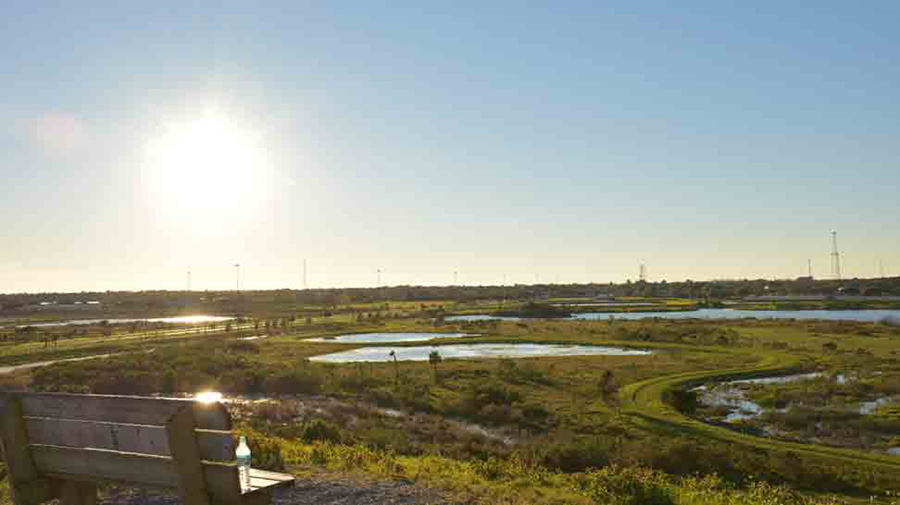
Activities: Birding, wildlife observation, hiking/running, biking, fishing, canoeing, kayaking.
About: Like a crown atop a monarch’s head, the observation mound at Celery Fields serves to let all know the nature of this place. First and foremost, the hill at the 300-acre site – restored around a storm water collection area – is a prime spot to spy Florida wildlife, from alligators in the wetlands to sandhill cranes upland. The array of fliers has landed the park a spot on the Great Florida Birding Trail. But the park also offers a little something for the fitness-minded, in the array of meandering trails that wind around, onto and atop the observation hill.
Ted Sperling Park (South Lido Beach)
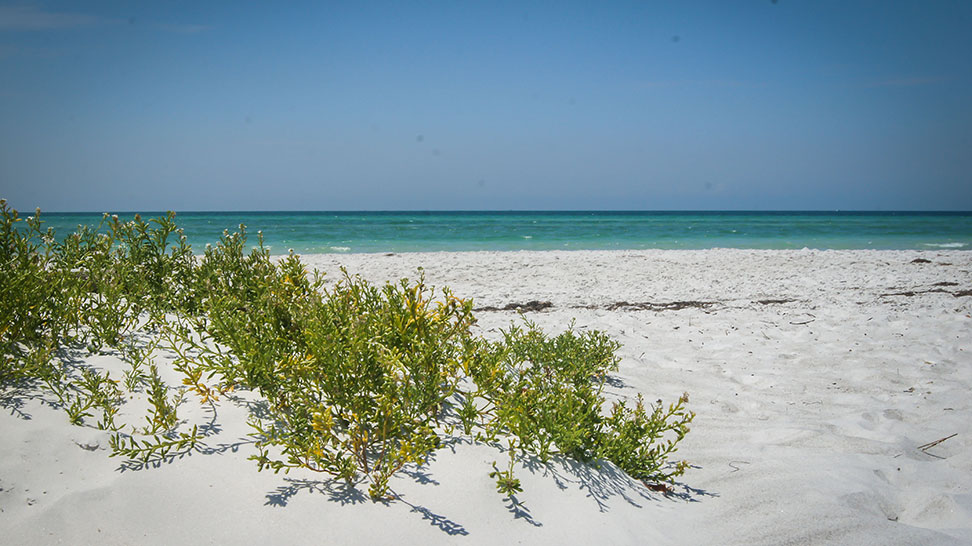
Activities: Boating/kayaking, paddleboarding, hiking, picnicking, fishing, volleyball.
About: This 100-acre park on the tail of a barrier island isn't what you'd expect. Sure, the beaches at South Lido Beach are beautiful, but they front the swirling intersection of the Gulf of Mexico, Sarasota Bay, Big Pass and Brushy Bayou. So, currents can run fast and dangerous, meaning swimming should be restricted to designated areas only. Still, the park has plenty to offer, including the chance to guide a kayak or paddleboard through gorgeous mangrove 'tunnels' ringing Brushy Bayou and along Sarasota Bay. Unpaved trails await adventurous hikers and/or wildlife watchers; a children's playground dots the landscape; and picnic tables add to the appeal.
Turtle Beach
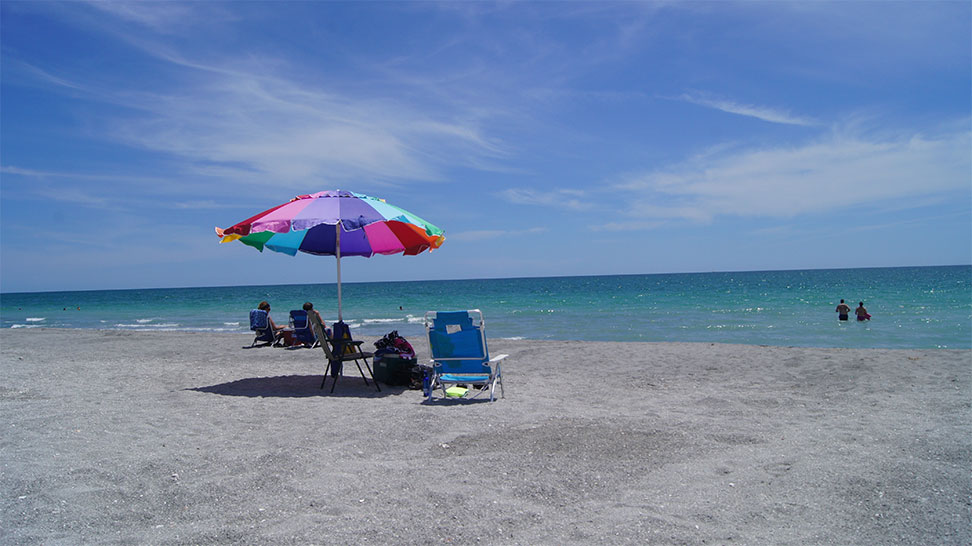
Activities: Boating/kayaking, paddleboarding, boat ramp (to Blind Pass), swimming, fishing, volleyball, horseshoes, picnicking, camping.
About: To the west, the Gulf of Mexico; to the east, Blind Pass and a placid lagoon; Turtle Beach, smack in the middle. The sun-inclined can head to the beach for a dip in the Gulf of Mexico (no lifeguards on duty, though, so swim with caution) or a little time in the horseshoe pits or volleyball courts. If you're into nature-watching or fitness, launch or rent a kayak or paddleboard and glide along Blind Pass into Little Sarasota Bay. Or, test your underwater luck with snorkeling in the lagoon or even the gulf.
Rothenbach Park
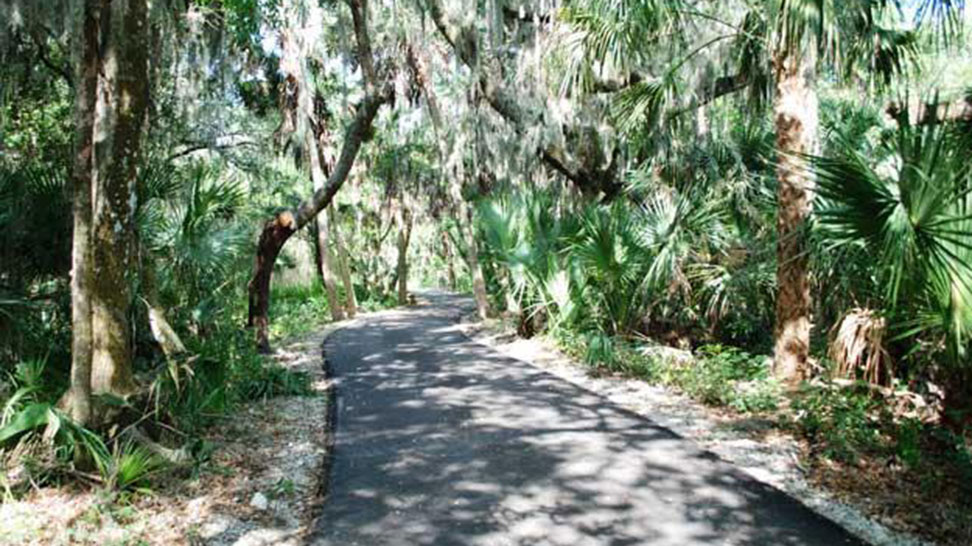
Activities: Hiking/running, biking, birding, picnicking, radio-controlled planes.
About: Constructed from and around a former landfill, Rothenbach Park is aimed at a return to nature. Five miles of paved trails wind around the park, with one big loop and a smaller sibling linking at a pavilion and playground. The trails offer the perfect ground for those aiming for a slow stroll to view Florida fliers or land-bound wildlife, as well as a fitness trail for those looking to get or stay in shape. Atop the converted landfill mound, technophiles take to the air with their own version of Florida fliers – these, radio-controlled units.
Red Bug Slough Preserve
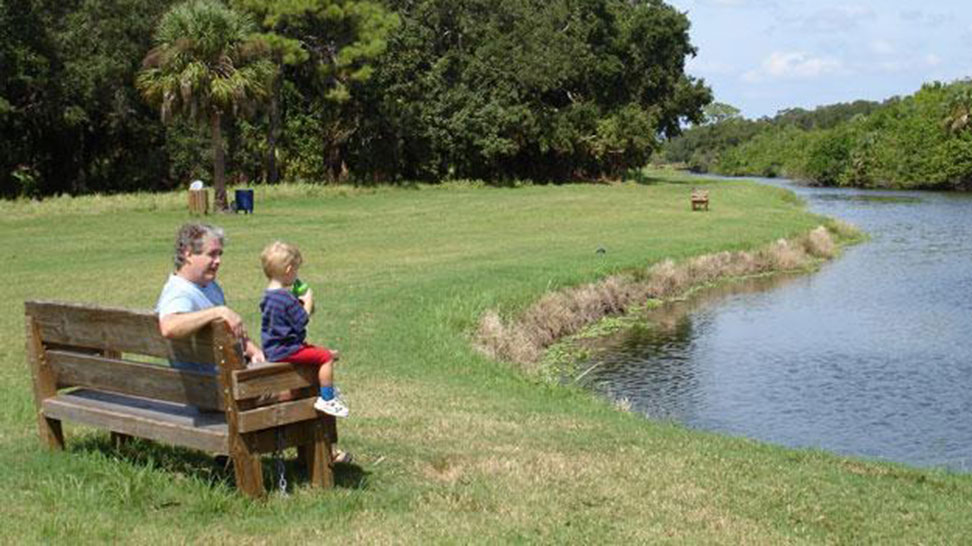
Activities: Hiking, fishing, picnicking, wildlife watching, birding, butterfly viewing.
About: A touch of Old Florida secreted away in an urban setting, Red Bug Slough Preserve provides respite from the pavement and pulse of modern-day dwelling. The preserve encompasses 72 acres of oak hammocks, pine flatwoods, wetlands and, of course, its namesake waterway, all just a stone's throw from shopping centers and housing complexes. Visitors can wander the unpaved trails that connect the preserve's northern and southern areas, keeping a watchful eye for animals as diverse as alligators and river otters. Or, take a more relaxed approach with a trip to the butterfly garden or a casual picnic.
Myakka River State Park

Activities: Hiking, biking, camping, birding, canoeing/kayaking, fishing, wildlife watching, boat tours, canopy walk
About: One of eight Florida state parks developed by the 1930s-era Civilian Conservation Corps, Myakka River State Park encompasses 58 square miles of natural Florida at its finest, from pinelands to wetlands, from prairies to waterways. Officially opened in 1941, the park allows visitors to experience nature firsthand, by hiking a network of natural trails or camping in the wild, or take a more removed approach, with safari trams and airboat tours or a stay in a CCC-era log cabin. Test the waters by tossing in a fishing line, or test them by watching for alligators along the shores. Visitors even can go above and beyond, climbing up into the Canopy Walk, an observation tower that stands some 76 feet tall.
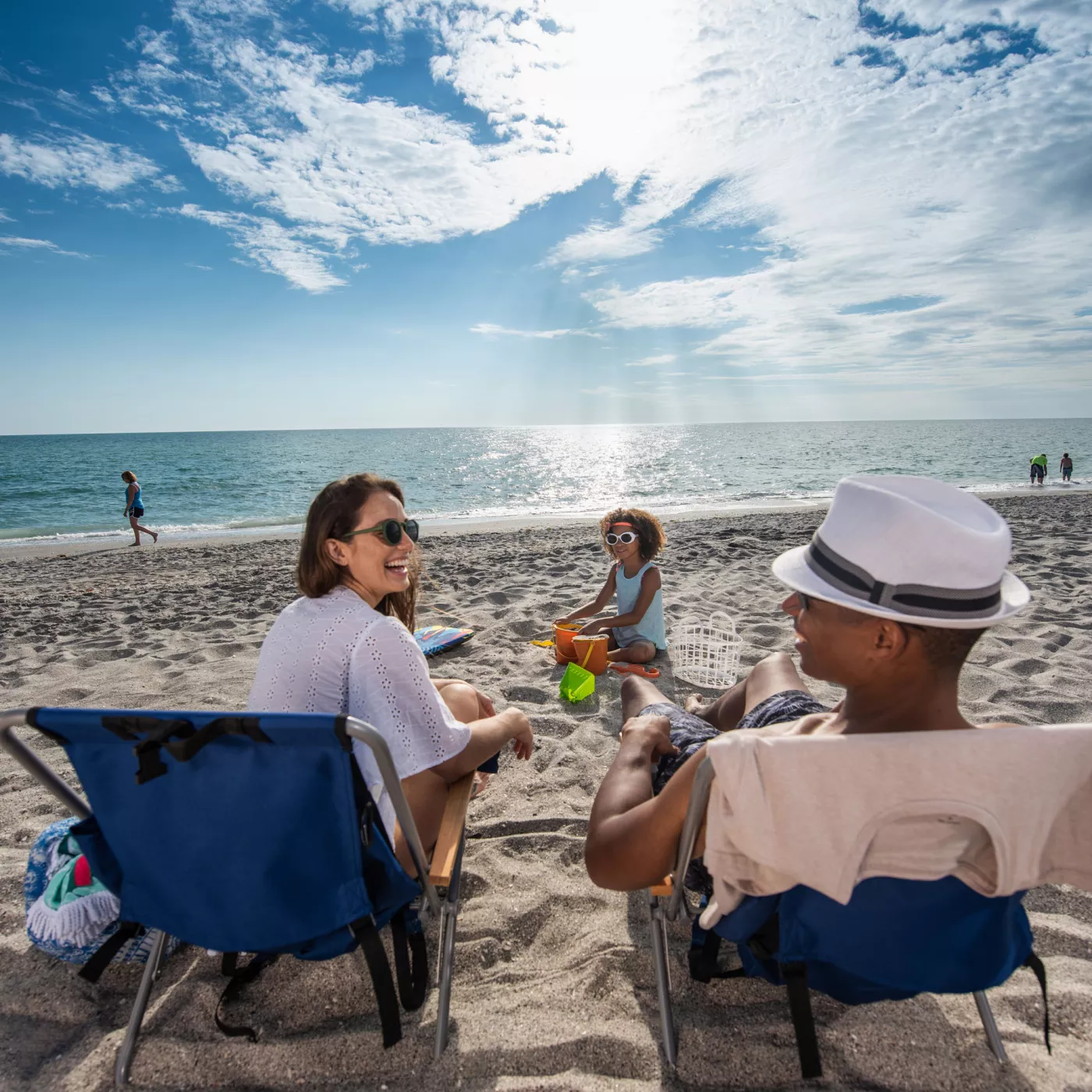
![Boat parking at The Crow’s Nest in Venice [Photo: Lauren Jackson]](/sites/default/files/styles/popular_stories_teaser/public/2023-import/The-Crow%2527s-Nest-cropped__OPT.jpg.webp?itok=ycs37M-O)
